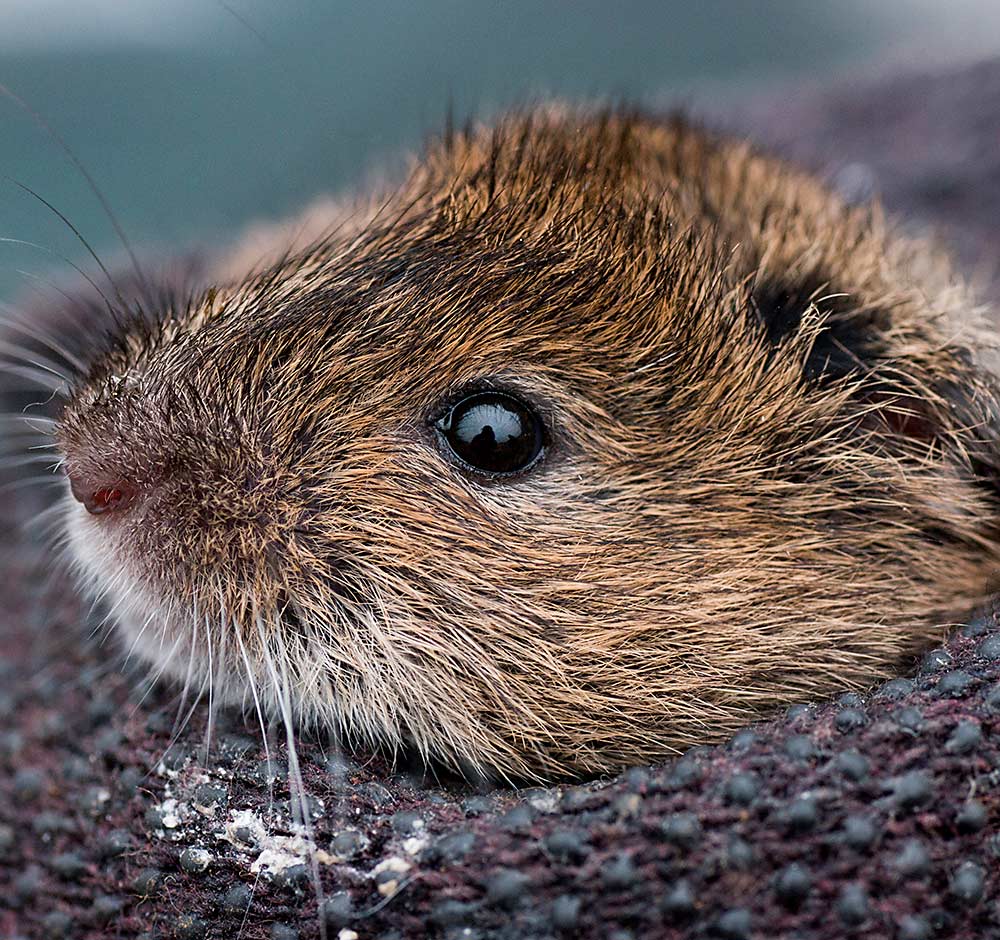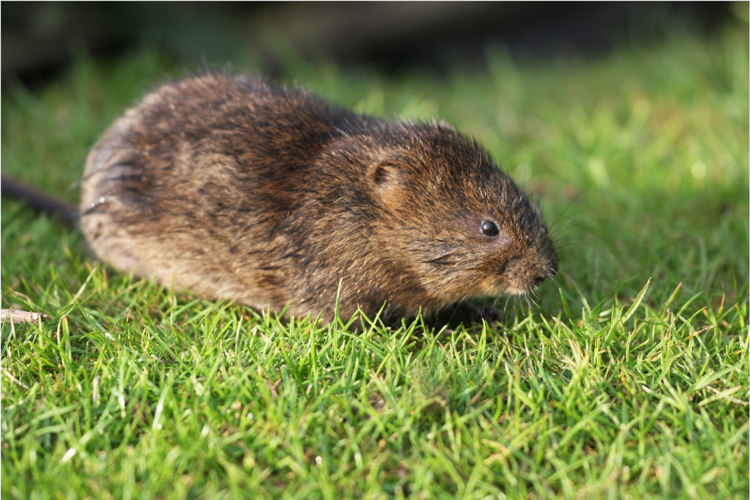Comprehensive Guide to Efficient Vole Bug Control: Infestation Recognition and Therapy Approaches
In the world of effective pest control, vole infestations position an unique difficulty that requires a calculated technique. These little rats, often incorrect for mice, can wreak chaos on yards, lawns, and crops if left untreated. Identifying the signs of vole visibility and applying targeted therapy techniques are important elements of a successful pest administration plan. By exploring the subtleties of vole behavior, recognizing essential indicators of problem, and examining a series of control options, one can create an extensive approach to battle these evasive insects.
Understanding Vole Behavior
Vole habits is characterized by their tunneling practices and quick reproduction prices, making them a difficult pest to control successfully. These tiny rats commonly develop intricate tunnel systems underground, utilizing them for sanctuary, food storage, and transport. Voles are herbivores, eating a variety of plants, bulbs, grasses, and roots, which can cause considerable damage to gardens, orchards, and grass. Their quick reproductive rate additional complicates control initiatives, with females qualified of producing multiple clutters in a single year, each consisting of numerous offspring.
Understanding vole actions is vital for reliable parasite control methods. By identifying their burrow locations, checking feeding areas, and carrying out targeted control approaches, such as capturing or environment alteration, vole infestations can be taken care of effectively.
Indications of Vole Problem

Avoidance Strategies
Executing efficient avoidance approaches is vital in lessening vole invasions and safeguarding vegetation from their harmful feeding behaviors. To protect against vole invasions, it is necessary to begin by removing possible food sources and sanctuary.
Regularly inspecting the home for indicators of vole activity, such as paths and delve openings, is crucial for early detection and punctual activity. If vole activity is presumed, consider using catches or repellents tactically placed near their paths.
Non-Lethal Control Methods
To properly take care of vole populaces while prioritizing gentle techniques, non-lethal control strategies offer functional solutions for lowering vole damages in landscapes and gardens. These barriers can be hidden at the very least 12 inches bent and deep at a 90-degree angle to avoid voles from tunneling beneath.

Lethal Control Options
One efficient method for attending to vole problems in gardens and landscapes entails the tactical use of deadly control options. When faced with a severe vole problem that non-lethal techniques have failed to include, applying lethal control procedures Click Here comes to be essential. On the whole, when employing lethal control alternatives, it is vital to do so properly and in conformity with local guidelines to effectively take care of vole problems.
Verdict
Finally, efficient vole pest control calls for a comprehensive understanding of vole habits, identification of indicators of problem, application of avoidance techniques, and application of both non-lethal and deadly control approaches. By integrating these strategies, individuals can successfully take care of vole populations and safeguard their residential property from damage. It is necessary to deal with vole infestations quickly to stop more problems and lessen the effect on the surrounding environment.
Given the detailed tunnel systems and quick reproduction prices characteristic of voles, acknowledging the indications of vole invasion ends up being essential in effective bug control. One of the primary signs of vole existence is the presence of surface runways or routes in yard or snow, generally regarding 1-2 inches vast, produced as voles travel between their burrows and food sources.To efficiently manage vole populaces while prioritizing humane techniques, non-lethal control methods provide practical services for lowering click for info vole damages in landscapes and yards.One efficient technique for dealing with vole problems in landscapes and yards involves the critical use of deadly control options. vole control.In final thought, effective vole insect control requires a comprehensive understanding of vole behavior, identification of indications of invasion, application of prevention methods, and usage of both non-lethal and deadly control techniques